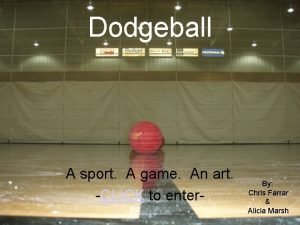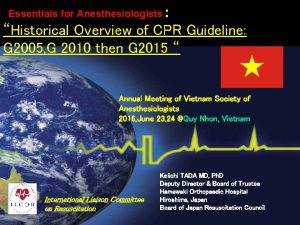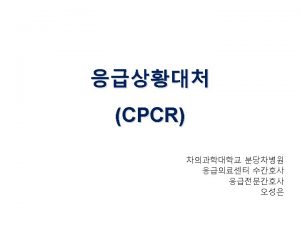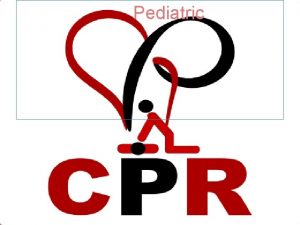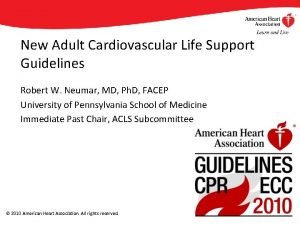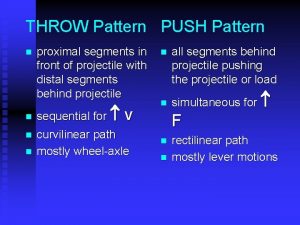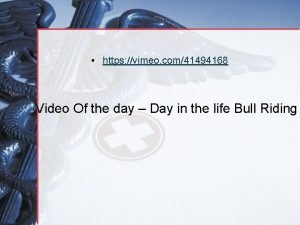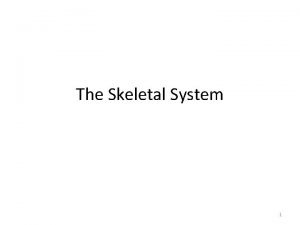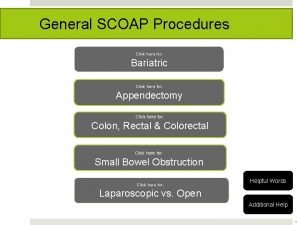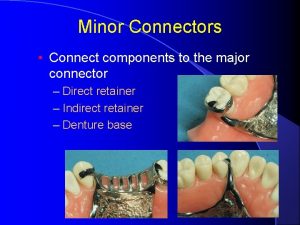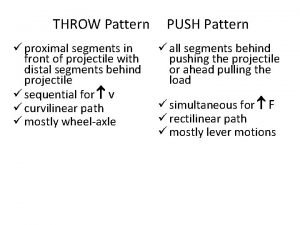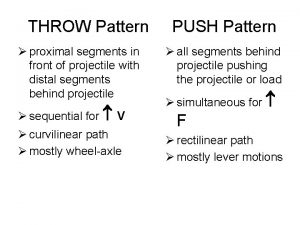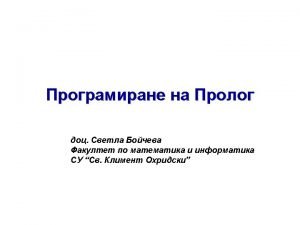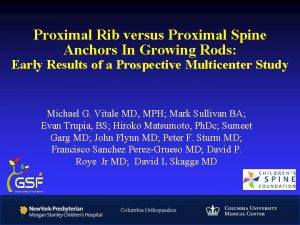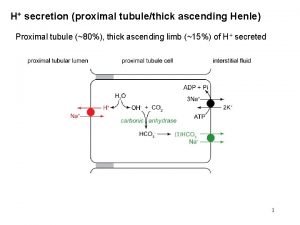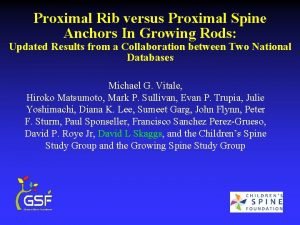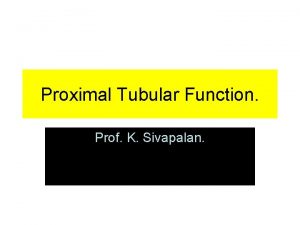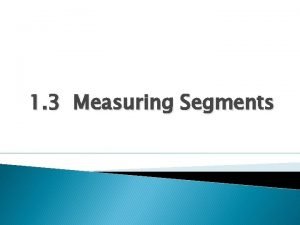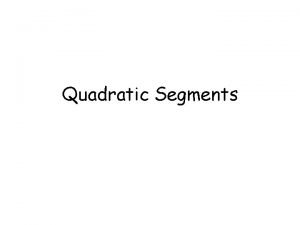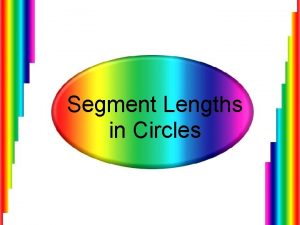THROW Pattern PUSH Pattern n n proximal segments



















- Slides: 19

THROW Pattern PUSH Pattern n n proximal segments in front of projectile with distal segments behind projectile sequential for v curvilinear path mostly wheel-axle n n all segments behind projectile pushing the projectile or load simultaneous for F n n rectilinear path mostly lever motions

Movement Patterns - Related Skills

Constraints: Throw/Push Continuum Mass of projectile n Volume/Size of projectile n Shape/Profile of projectile n Target Area for projectile n Strength/Power of person n Skill of person n

OPEN Kinetic Chain CLOSED n Throw or Kick n Jump or Push or Pull n End Segment Free [e. g. hand, foot] n End Segment Restrained [e. g. foot, hand] n sequential movement of body segments n simultaneous movement of body segments

Throwlike Patterns n 1. Proximal Parts Move First n 2. Distal Parts Lag Behind n 3. Achieve either : maximum distance [ HORZ or VERT ] OR maximum velocity




Fig J. 1 page 338 1. segment A is accelerated which gives L to entire system: segments A, B, and C 2. A rotates cw while B and C lag behind 3. A is THEN decelerated by muscle T 4. To conserve L, B accelerates cw THEN decelerates, C then accelerates cw

Transfer L to arm by reducing/stoppi ng L in shoulders

End Point v due to decreasing r n n See FIG. J. 1 on page 338 x L= mk² initial k is from axis “a” to top of segment C when segment A decelerates, the k changes to the distance from axis “b” to top of segment C when segment B decelerates, the k changes to the distance from axis “c” to top of segment C

v=r n final velocity of hand or foot or implement @ release/impact determines projectile v n r = d from the axis of rotation [e. g. joint] and the contact point of release/impact n see FIG J. 12 on page 352 with regard to r

Kinetic Link Characteristics system of linked segments with a fixed base and a free open end n more massive segments @ proximal end n least massive segments @ distal end n n initial motion caused by T applied to base n T gives entire system L L= mk² x OR L = I

Sequential Motions n n 1. proximal/massive segments move first giving L to entire system 2. external T decelerates proximal segments 3. to conserve L, next segment, which is less massive, accelerates with rotation now occurring about a new axis and a smaller k 4. Each successive segment/link accelerates achieving than previous segment due to both m and k getting progressively smaller

Airborne Reaction Rotation n See FIG 15. 16 on page 514 n VB spiker abducts hip and/or flexes knees to I (I = mk²) in lower extremities n turntable demo

Lever Motions Wheel-Axle n Flexion/Extension n Medial/Lateral Rotate n Protraction/Retrac tion n Pronate/Supinate n Inversion/Eversio n n Abduction/Adducti on

Wheel-Axle Motions n muscle T rotates a bone which becomes an axle n the wheel is the adjacent segment positioned at an angle to the axle n n the wheel r (radius) is modified via flexion/extension or adduction/abduction see FIG J. 6 on page 346 and FIG J. 12 on page 352

THROW / PUSH for Speed and Accuracy FIG J. 8 page 349 FIG J. 10 page 350

 What is dogeball
What is dogeball Push hard push fast fully recoil
Push hard push fast fully recoil Push hard push fast fully recoil
Push hard push fast fully recoil Components of high quality cpr
Components of high quality cpr Push hard push fast fully recoil
Push hard push fast fully recoil Shamiel salie
Shamiel salie Push hard push fast fully recoil
Push hard push fast fully recoil Push pattern
Push pattern Prontaion
Prontaion Parts of a long bone
Parts of a long bone Proximal processes
Proximal processes Proximal convoluted tubule
Proximal convoluted tubule Pupilas ic y nr
Pupilas ic y nr Distal and proximal
Distal and proximal Proximal to distal
Proximal to distal Proximal processes
Proximal processes Proximal stimulus
Proximal stimulus Abdominal perineal resection
Abdominal perineal resection Simulated divergence excess
Simulated divergence excess Butt joint rpd
Butt joint rpd
